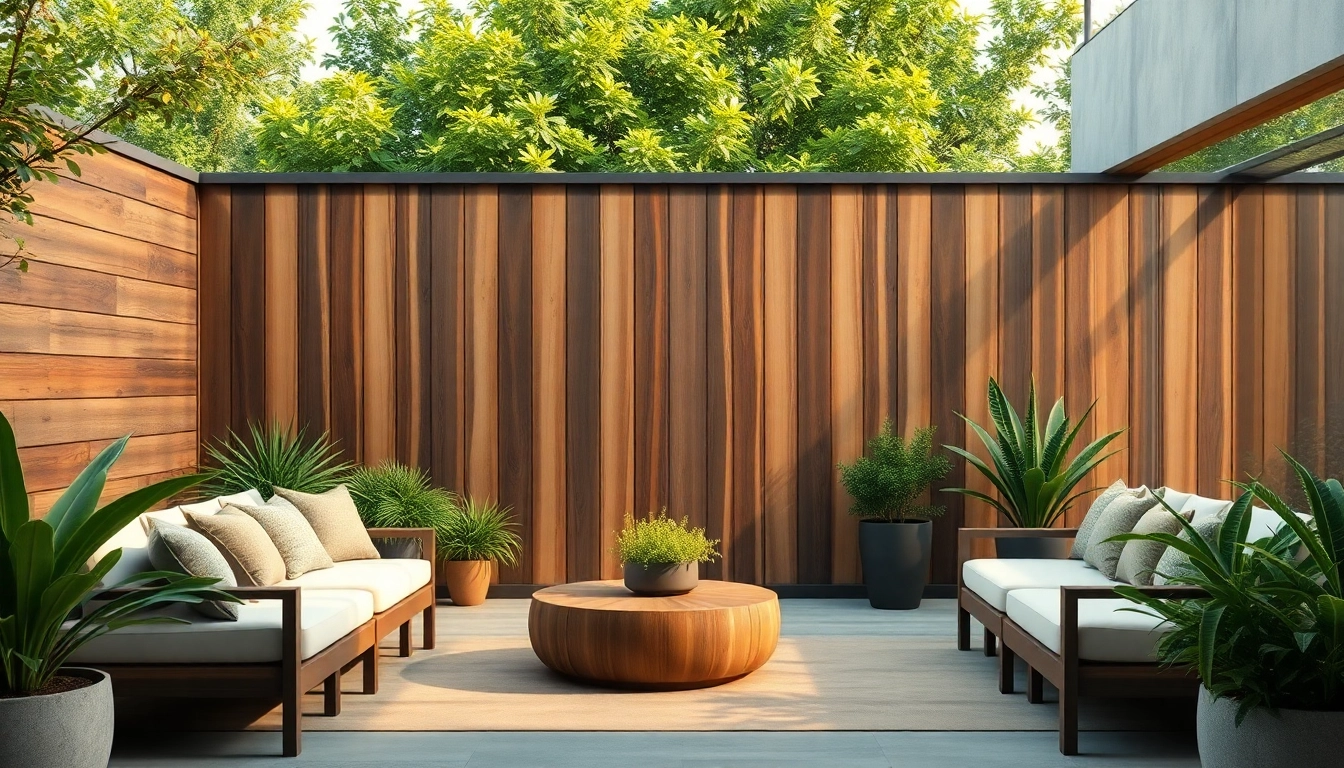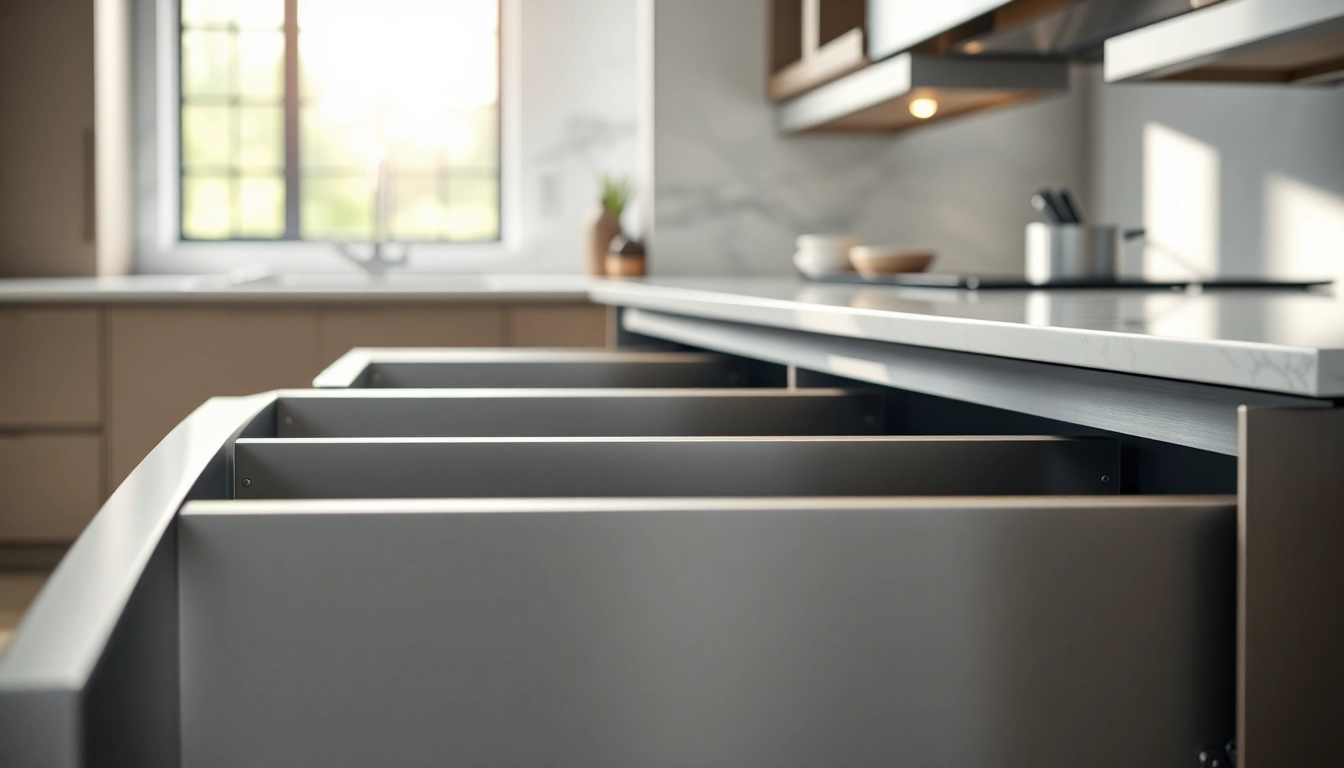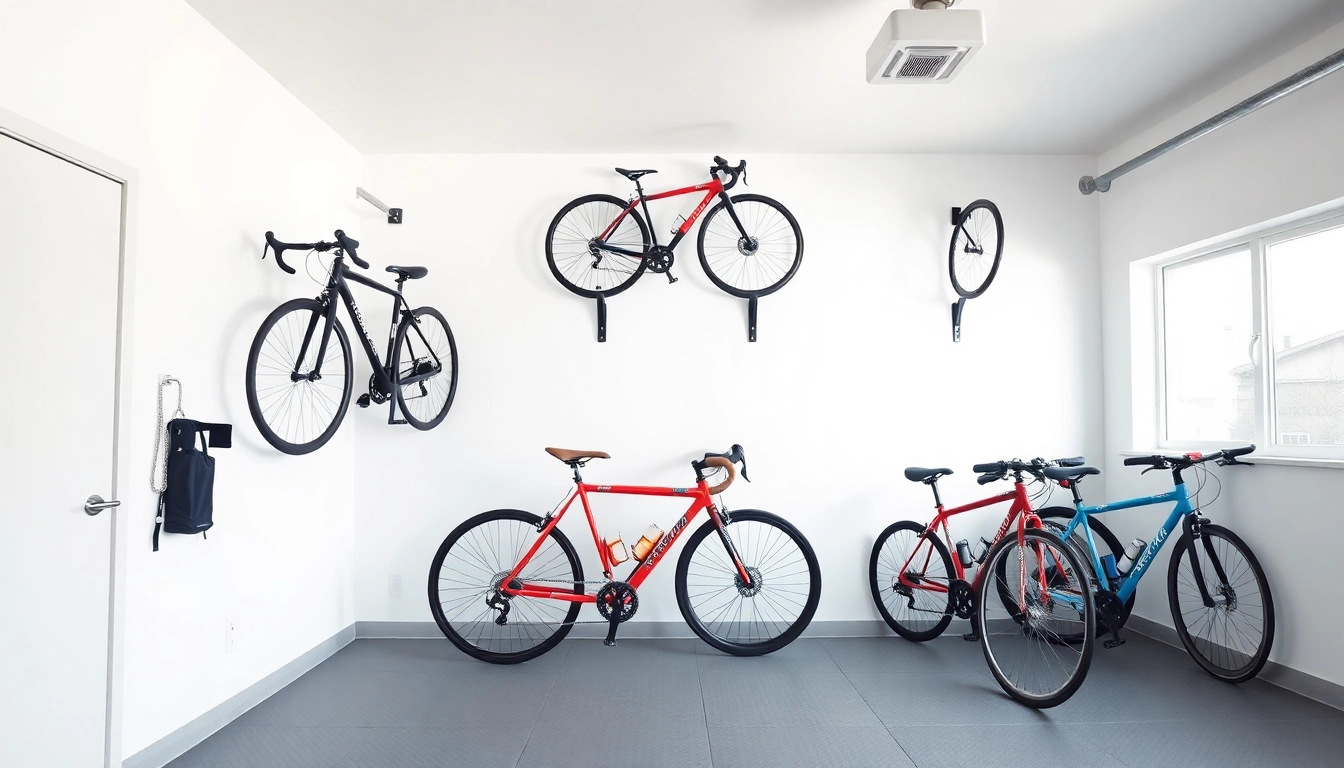Understanding Outdoor Wood Panels
What Are Outdoor Wood Panels?
Outdoor wood panels are versatile architectural elements crafted specifically for exterior applications. They encompass various types of wood products designed to enhance the aesthetics and functionality of outdoor spaces. These panels can be used for a range of installations, including siding on homes, decorative fencing, privacy screens, accents in gardens, and more. Made from numerous species of wood, each outdoor wood panel can acquire distinct qualities like durability, resistance to the elements, and aesthetic appeal. As a popular choice among homeowners and designers, outdoor wood panels transform ordinary outdoor environments into beautiful extensions of living space.
Benefits of Outdoor Wood Panels
The advantages of outdoor wood panels are manifold. Primarily, they contribute significantly to the visual appeal of outdoor spaces, providing warmth and texture that often lack in other materials. Aesthetic appeal aside, they also have functional benefits:
- Durability: When properly treated, outdoor wood panels can withstand harsh weather conditions, making them suitable for diverse climates.
- Insulation: Wood is a natural insulator, maintaining warmer temperatures in outdoor structures during winter and cooler temperatures in summer.
- Eco-Friendliness: Wood is a renewable resource, and sustainably sourced options minimize environmental impact.
- Easy Maintenance: Compared to many other materials, outdoor wood panels can be easily cleaned and refinished, enabling them to sustain their beauty over time.
- Design Versatility: Available in various styles, colors, and textures, these panels can be tailored to fit any design aesthetic.
Different Types of Outdoor Wood Panels
When selecting outdoor wood panels, it’s crucial to understand the different types available:
- Composite Wood Panels: These are engineered products made from wood fibers and plastic, offering enhanced durability and resistance to decay.
- Solid Wood Panels: Made from natural wood, these panels provide the best aesthetic appeal and can be customized with stains and seals.
- Plywood Panels: Plywood is made from layers of wood veneer, and is a cost-effective option suited for large outdoor projects.
- Reclaimed Wood Panels: Sourced from old buildings or furniture, reclaimed wood brings character and history to outdoor spaces.
Choosing the Right Outdoor Wood Panels
Factors to Consider When Selecting Outdoor Wood Panels
Choosing the right outdoor wood panels entails considering various factors to ensure optimal performance and aesthetics. Key considerations include:
- Climate and Weather Conditions: Different woods react differently to moisture, temperature changes, and sunlight. Selecting a species suited for your geographical location is vital.
- Maintenance Requirements: Some woods require significant upkeep, while others offer more durability and are easier to maintain.
- Design Goals: The intended aesthetic impact should guide the selection process. Whether looking for modern, rustic, or minimalist styles, the type of wood panel can significantly influence the overall outcome.
- Budget: Cost varies considerably between different types of wood panels. Knowing your budget helps narrow down the options available.
Popular Styles of Outdoor Wood Panels
Outdoor wood panels come in an array of styles designed to meet diverse aesthetic preferences. Here are some popular styles:
- Vertical and Horizontal Slats: This design provides a classic look, often used in fencing and siding.
- Board and Batten: Composed of vertical boards with narrow strips (battens) covering the seams, this style offers a textured finish.
- Shiplap: Characterized by its overlapping edge design, shiplap panels create a rustic, inviting appearance.
- Textured Panels: Panels with grooves or patterns can add dimensionality and intrigue to outdoor spaces.
Cost Considerations for Outdoor Wood Panels
When planning to install outdoor wood panels, understanding the cost structure is vital. Costs may vary based on several factors:
- Type of Wood: Hardwoods, such as teak or mahogany, tend to be more expensive than softwoods like pine.
- Thickness and Size: Larger and thicker panels will typically cost more.
- Installation Costs: Hiring professionals for installation can add significantly to the overall cost.
- Finishing and Treatments: Depending on the finish needed (e.g., stains, water repellents), additional costs may apply.
Installation of Outdoor Wood Panels
Pre-Installation Steps for Outdoor Wood Panels
Before embarking on the installation of outdoor wood panels, there are several preparatory steps to consider:
- Site Preparation: Ensure the installation area is clean and level to avoid complications.
- Material Inspection: Check the panels for any defects or damages before installation.
- Tools and Equipment: Gather all necessary tools including saws, nails, screws, and a level for accurate installation.
- Weather Considerations: Aim for a clear, dry day to perform the installation to avoid complications from moisture.
Step-by-Step Guide to Installing Outdoor Wood Panels
Here’s a detailed guide on how to install outdoor wood panels:
- Measure the Area: Ensure precise measurements of the installation area to determine the quantity of panels needed.
- Cut Panels: Cut your wood panels to fit the designated areas appropriately.
- Placement of Panels: Begin at the bottom and work your way up, ensuring each panel is level and properly aligned.
- Secure Panels: Fasten each panel in place using nails or screws, ensuring a strong hold.
- Finish Edges: Use trim pieces or wooden battens to give a polished look to the edges of your installation.
Common Mistakes to Avoid with Outdoor Wood Panels
Even seasoned DIYers can run into trouble when installing outdoor wood panels. Here are common pitfalls to avoid:
- Ignoring Moisture Control: Without proper sealing or treatment, wood panels can warp or decay.
- Lack of Preparation: Skipping site preparation can lead to attachment issues and an uneven appearance.
- Improper Installation Techniques: Neglecting to secure the panels correctly can cause them to loosen over time.
- Failure to Follow Manufacturer Guidelines: Always adhere to the instructions provided with your wood panels to ensure proper installation.
Maintenance of Outdoor Wood Panels
Cleaning and Care for Outdoor Wood Panels
To maintain the beauty and longevity of outdoor wood panels, regular cleaning and care are essential:
- Routine Cleaning: Use a soft brush or sponge with mild soap and water to remove dirt and debris.
- Inspection: Regularly inspect for damages or signs of wear to address issues promptly.
- Reapplication of Treatments: Depending on the finish, you may need to reapply stains or sealants every few years to preserve the wood.
Protecting Outdoor Wood Panels from Weather Elements
Outdoor wood panels face exposure to various elements. To mitigate damage:
- Use Quality Sealants: Apply high-quality sealants that protect against water and UV damage.
- Avoid Water Accumulation: Ensure proper drainage around installations to prevent moisture buildup.
- Consider a Cover: Using protective covers during extreme weather can further safeguard your panels.
Longevity Tips for Outdoor Wood Panels
To maximize the lifespan of your outdoor wood panels, consider the following tips:
- Choose the Right Type of Wood: Opt for naturally durable woods treated for outdoor use.
- Regular Maintenance: Adhere to a routine of inspecting, cleaning, and treating your panels.
- Correct Installation: Ensure panels are installed without excessive gaps or incorrect alignment to avoid water ingress.
Design Inspiration with Outdoor Wood Panels
Creative Uses of Outdoor Wood Panels in Landscaping
Outdoor wood panels are not just functional—they are also a key design feature in landscaping. Some creative applications include:
- Garden Borders: Use panels to create distinct sections within gardens.
- Privacy Screens: Build high panels to provide privacy while adding character to your outdoor area.
- Decorative Elements: Incorporate decorative wooden panels as backdrops for gardens or outdoor living spaces.
Integrating Outdoor Wood Panels into Your Outdoor Decor
Integrating wood panels into outdoor decor can create a cohesive look. Here are some ways to enhance your space:
- Accent Walls: Use panels to create striking accent walls in outdoor kitchens or living areas.
- Furniture Pieces: Craft benches, tables, or decorative stands using outdoor wood panels for a seamless aesthetic.
- Hanging Decor: Consider utilizing panels for hanging planters or artwork, enhancing the overall visual appeal.
Case Studies of Unique Outdoor Wood Panels Projects
Here are some case studies showcasing the successful use of outdoor wood panels:
- Urban Outdoor Lounge: A city-based project utilized reclaimed wood panels to create a cozy outdoor lounge, providing a natural refuge amidst urban clutter. The design featured simple furniture made from the same materials.
- Coastal Retreat: In a beach house, treated wood panels were used for siding and outdoor decks, ensuring resilience against high wind and moisture while enhancing the coastal vibe.
- Community Green Space: A community park featured wood panels as part of a decorative fence system, providing cohesion with surrounding landscaping while enhancing privacy for park-goers.



